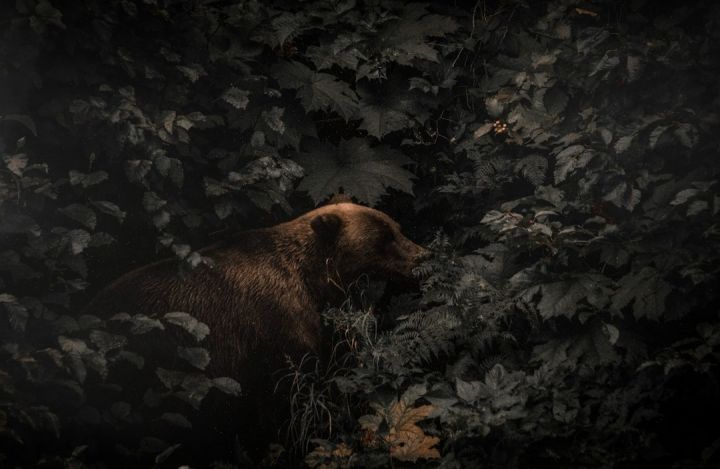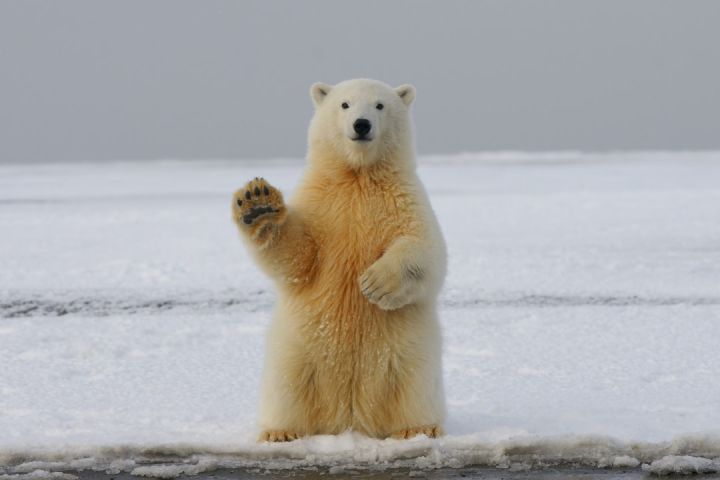Can You Predict a Bear’s Actions?
Bears are majestic creatures that have captured the imagination of humans for centuries. From their size and strength to their elusive nature, bears have long been a subject of fascination. But can we predict their actions? In this article, we will explore the behavior of bears and whether or not it is possible to anticipate their next move.
Understanding Bear Behavior
Before we can attempt to predict a bear’s actions, it is crucial to understand their behavior. Bears are wild animals, and their actions are driven by their instincts and natural tendencies. They are known to be solitary creatures, except during mating season or when a mother is caring for her cubs. Bears are also highly territorial and will defend their territory if they feel threatened.
Factors Affecting Bear Behavior
Several factors can influence a bear’s behavior. One of the most significant factors is food availability. Bears are opportunistic feeders and will go to great lengths to find food. During the spring and summer months, bears will forage for berries and plants, while in the fall, they will focus on consuming as many calories as possible to prepare for hibernation. Another factor is the presence of humans. Bears are generally shy and will avoid human contact if possible. However, if they feel threatened or if they become habituated to human food, they may exhibit more aggressive behavior.
Predicting Bear Behavior
Predicting a bear’s behavior is not an exact science, but there are certain patterns and indicators that can help us anticipate their actions. One important aspect to consider is body language. Bears will often display signs of stress or aggression before attacking. These signs may include huffing, jaw popping, swaying, or charging. By recognizing these warning signs, individuals can take appropriate action to avoid a potential encounter.
Additionally, understanding a bear’s natural tendencies can also aid in predicting their behavior. For example, bears are known to follow established trails or travel along ridgelines. By familiarizing ourselves with their preferred routes, we can better anticipate where they may be heading.
The Role of Research and Technology
Advancements in research and technology have also provided us with valuable insights into bear behavior. Scientists have been studying bears for decades, using techniques such as radio collaring and GPS tracking to gather data on their movements and habits. This research has helped identify seasonal patterns, preferred habitats, and even individual bear behaviors. By analyzing this data, researchers can make informed predictions about a bear’s actions in specific situations.
Bear Safety and Conservation
While predicting a bear’s behavior can be helpful in avoiding potential conflicts, it is essential to remember that bears are wild animals and should be treated with caution and respect. It is crucial to follow proper bear safety guidelines, such as storing food properly, making noise while hiking, and carrying bear spray in bear country. Understanding and respecting bears’ natural behavior is also vital for their conservation. By minimizing human-bear conflicts and protecting their habitats, we can ensure the continued existence of these magnificent creatures.
In conclusion,
While predicting a bear’s actions with 100% certainty may be impossible, understanding their behavior, recognizing warning signs, and utilizing available research and technology can greatly aid in anticipating their next move. By respecting bears’ natural tendencies and practicing bear safety guidelines, we can coexist with these incredible creatures and contribute to their conservation efforts. So, while we may not be able to predict a bear’s every move, we can certainly take steps to minimize potential conflicts and ensure their well-being in the wild.






